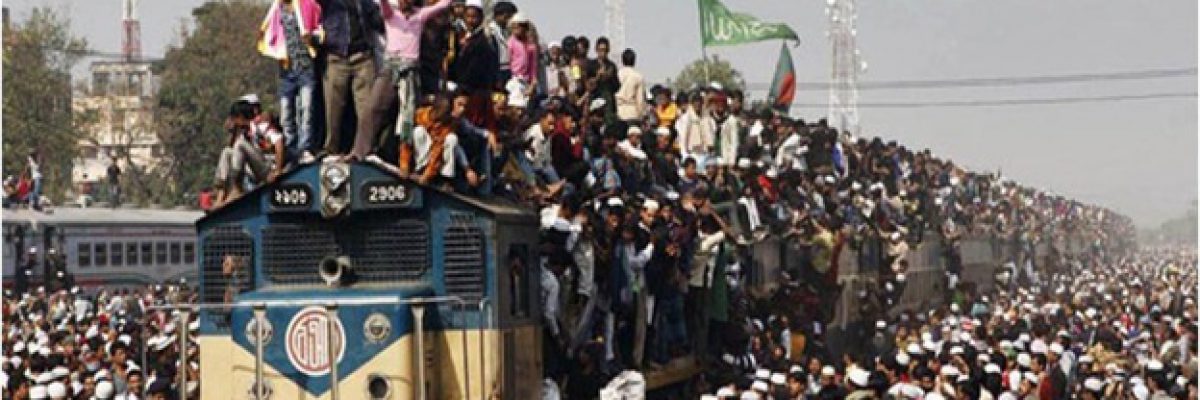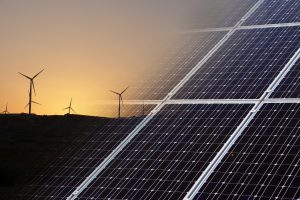Today, Europe’s birth rate is one of the lowest in the world at an average of 1.5 children per woman. Essentially, the mortality rate is higher than the birth rate, and so Europe’s population is getting older and it’s getting smaller (more people die than are born).
Low birth rates can have plenty of ramifications. First there will be fewer working hands and, consequently, less income to the state. More citizens will depend on welfare, pension and social mechanisms as society ages. Furthermore, more expenditure on health and treatment of diseases related to old age are needed. A growing dependency on external manpower, and the opening of borders for migration that changes the demographic balance. The influence of low birth rates is especially evident in nation-states that have their national culture, tradition and history. The changing demographics, of course, provokes conflicts and encourages the growth of extremist political bodies.
Italy, for example, decided in 2018 to fight its low birth rate, and offered, similar to some other European countries, an economic reward for those with three or more children, land for construction. In Germany, economic rewards come in the shape of long maternity leave with payments and a financial rewards for the mother.
However, globally our point of view as humans living in 2019 must change. Today, 7,553,703,000 people live on the planet (seven billion, five hundred and fifty-three million). Every minute about 250 people are born and about 130 die. Human growth rate is constant, and sometimes even increases. So globally, there is no reason to worry about a shortage of people, even if the Europeans stop giving birth altogether.
The keyword is demographics. All predictions of a slowdown in the human growth rate do not stand the test of reality. Most of humanity is poor, living in third world conditions. According to the UN, 200 million people die every year from starvation, and every person born increases the planet’s depletion rate. A person consumes about 200 liters of fresh water per day (used to produce food, drinking, washing, laundry, and toilet waste). Every minute about 30,000 tons of carbon dioxide are released into the atmosphere. And that’s before we even talked about deforestation, land development, the elimination of biodiversity and ecological balance, and so on.

So again, it is all about demographics. Every baby that comes into the world will eat 50 tons of food, 43 kg of meat per year. Cows in the food industry affect climate change more than any other pollutant. Every week, two billion animals will be used to feed the human race. Each person produced 100 cubic meters of sewage a year. Most sewage water is not treated and flows into the sea and the soil. Every person produces an average of 2 kg of garbage per day, most of which will be buried in landfills, much of it is not biodegradable or the process may take thousands of years. Even bio-degradable garbage will increase the emission of pollutants, especially methane and Carbon dioxide.
Our vision, as a species of animals, must stop being provincial and rather be global, because this planet and its resources are limited. As long as we do not have an alternate planet to expand to, we will run out of space for young people to bring three or even two children to this world. Reduced birth rates should be encouraged rather than increased birth rate. Otherwise, it will not really matter if you’re Italian, German or Indian.
We will all pay the price. As in the past wars have taken place due to dwindling resources, living space. So as a species, the nationalistic point of view of an increase in births of a certain nation’s population or the religious “to be fruitful and multiply and fill the earth,” do not stand the test of reality. From the places where birth is abundant, hunger comes to the world. We must change the demographic outlook from the ground up: ” This is not a matter of halting birth. This is a matter of reducing birth rates. Every baby born will help their generation get warmer, more violent, dryer, and hungrier. Is that not worth some serious thought?
The following site shows the rate of population growth in real time while calculating the rate of carbon dioxide emissions into the atmosphere. Fascinating, puts things in perspective and greatly changes your point of view.
http://www.breathingearth.net/




